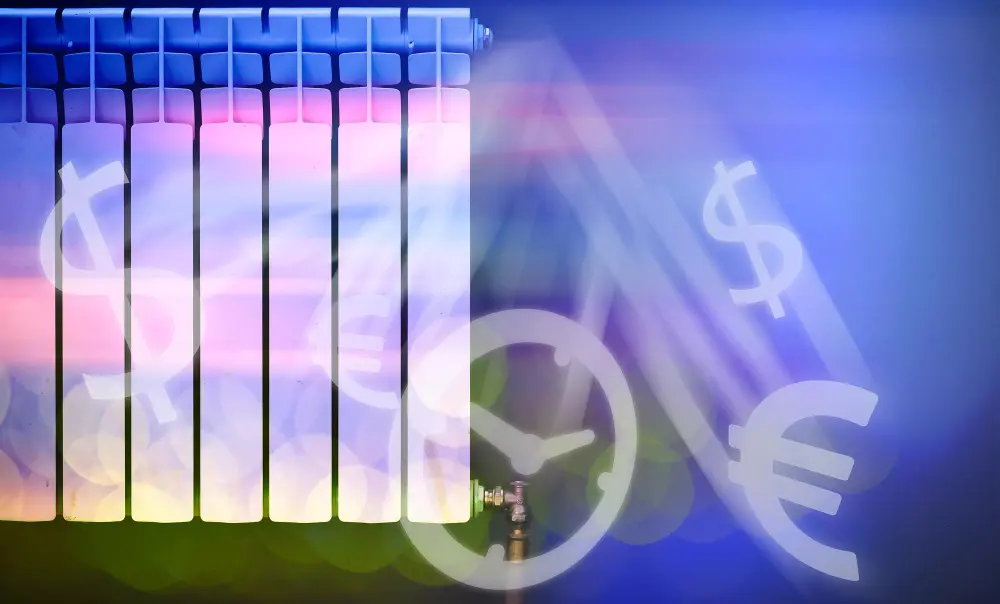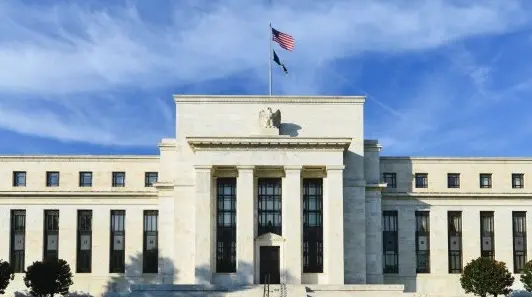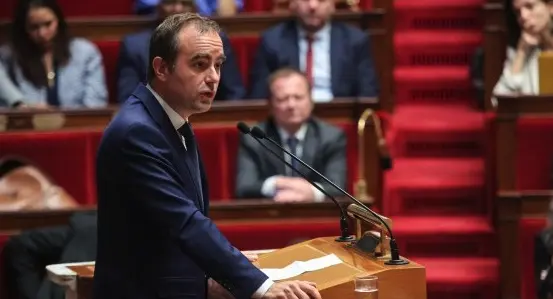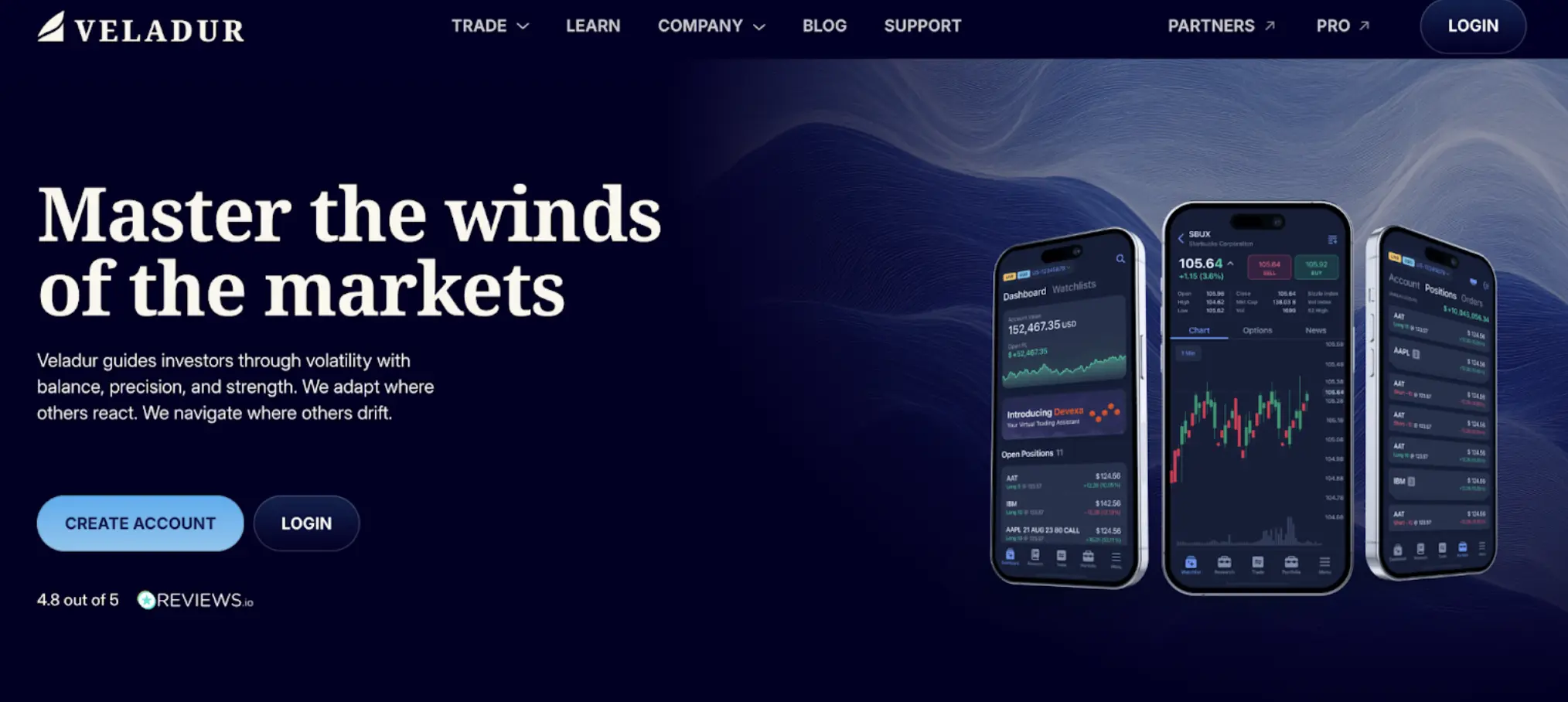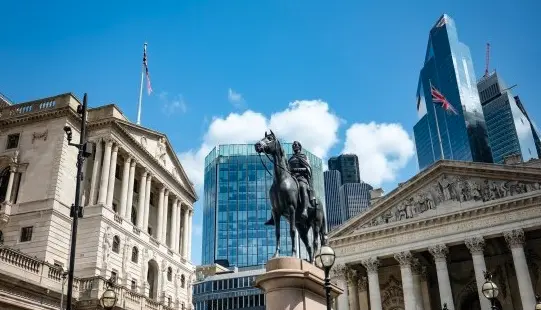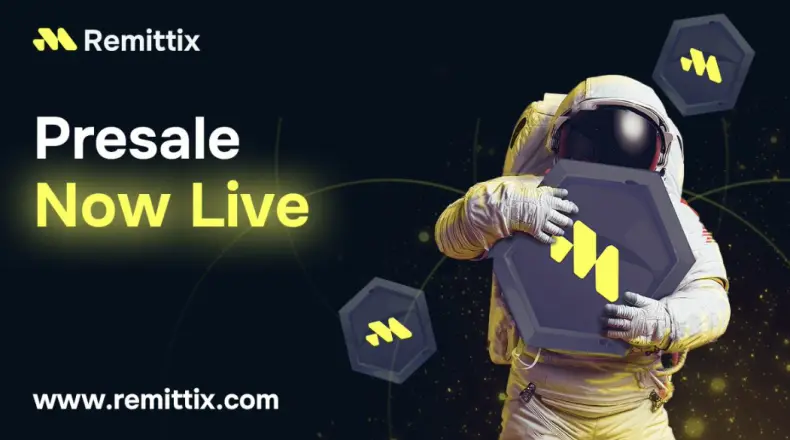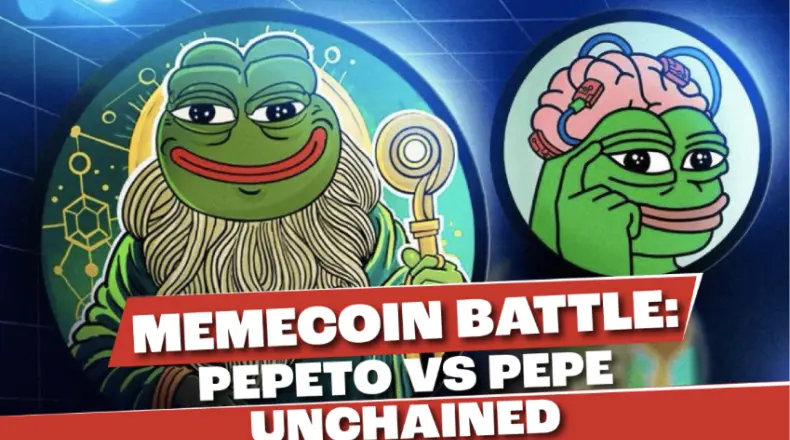TL;DR
Tezos is a blockchain project that stands out due to its built-in mechanisms for upgrading the network. Changes to the Tezos blockchain are code proposals made by people who own a certain amount of XTZ, which are then voted on by peers. Because Tezos is self-amending, there is never any need for any of that pesky
hard forking business.
Learn more on Binance.com
Introduction
Smart contract platforms make up one of the most crowded and competitive sectors in the crypto industry. While solving the current technological problems is crucial for the space to mature, there are many different approaches to fulfill the high demand for base-layer smart contract infrastructure.
Useful for decentralized finance applications and digital asset management, Tezos, with its associated XTZ token, is one of the prominent players in this sector.
What is Tezos (XTZ)?
Tezos is a
blockchain built to support and run
smart contracts. Initially designed in 2014, the Tezos mainnet went live in 2018 and has gone on to achieve moderate success as a rival to the
Ethereum network.
Tezos is overseen by The Tezos Foundation, a Swiss entity that is responsible for promotion, grants, strategic partnerships, and other activities that raise awareness of the Tezos ecosystem.
Developed initially by Arthur Breitman alongside his wife, Kathleen Breitman, the project suffered various delays thanks to a dispute between them and Tezos Foundation president Johann Gevers. After the rocky start, however, Tezos successfully launched and survived the
bear market.
How Tezos (XTZ) works
Tezos operates like many of its blockchain competitors, as a platform for creating and running decentralized applications (
DApps), as well as exchanging assets. Smart contracts on Tezos are written in the Michelson programming language, designed specifically for the protocol. To perform transactions on the network, you use gas, which is converted into fees in the Tezos cryptocurrency, XTZ.
Participants who hold over 8,000 Tezos can become delegates and run the network through baking and endorsing. Baking means creating new blocks (essentially another word for
staking), while endorsing means “agreeing” on a block created by a baker. Alternatively, if a token holder doesn’t have 8,000 XTZ or doesn’t want to set up the required hardware themselves, they can delegate these tasks to someone else.
Why Tezos (XTZ) is important
Tezos has a few key differences from the other smart contract platforms in the blockchain space.
Tezos uses self-amendment, which allows for network upgrades without having to fork into two different blockchains. Think of what happened with
Bitcoin’s famous hard fork, Bitcoin Cash. Tezos aims to prevent these scenarios.
Because of self-amendment, Tezos is easily adaptable to the ever-changing regulatory and technological landscape. While
Ethereum 2.0 is a big leap for Ethereum, it requires spinning up what is essentially a new and separate blockchain. Tezos, however, should be able to make amendments and continue without much disruption in cases like this.
Tezos (XTZ) governance
Changes to Tezos follow an on-chain governance model. Changes to the blockchain are submitted by delegates through code updates. Stakeholders can then vote on whether they approve or deny the changes.
Thanks to this on-chain governance model, radical disruption can happen at any time – if the delegates approve of the proposed changes to the blockchain. This can involve system changes like amendments to fees or the process of baking, or anything really! This also results in a thriving community to discuss changes and new rules to make the system better.
For example, in November 2020, Tezos went through the Delphi update, which decreased
gas consumption by around 75%. An upgrade like this can be significant for
DeFi development on the Tezos blockchain, and it also shows how on-chain governance can be nimble to adapt to new directions.
Tezos (XTZ) use cases
Like other blockchain networks, Tezos is a fast way to verify financial transactions with minimized trust.
In September 2019, Gendarmerie’s cybercrime division (C3N) became one of the first governmental agencies to use Tezos for the validation of their judicial expenses.
Tezos can also be used to transfer ownership of illiquid assets, such as real estate, art, and jewelry. For instance, a company called MountX is leveraging Tezos for tokenization of real estate in Mexico.
How to store Tezos (XTZ)
The XTZ token (aka Tez or Tezzie token) can be stored using the usual suspects when it comes to wallets, including many software wallets such as
Trust Wallet.
You can also store XTZ on either the
Ledger or the
Trezor hardware wallets via third-party software.
Closing thoughts
While Tezos hasn’t seen the same amount of network activity and rush of DApp building as Ethereum, it’s not because this blockchain is without merit.
The unique approach to upgrading and voting may make it a more agile platform than some of its competitors, which can turn into a big advantage over the long run.
With a rocky road to launch, Tezos has provided some utility and can be appealing to both governmental and industry customers.
Have more questions about the Tezos network? Check out our Q&A platform,
Ask Academy, where the Binance community will answer your questions.


